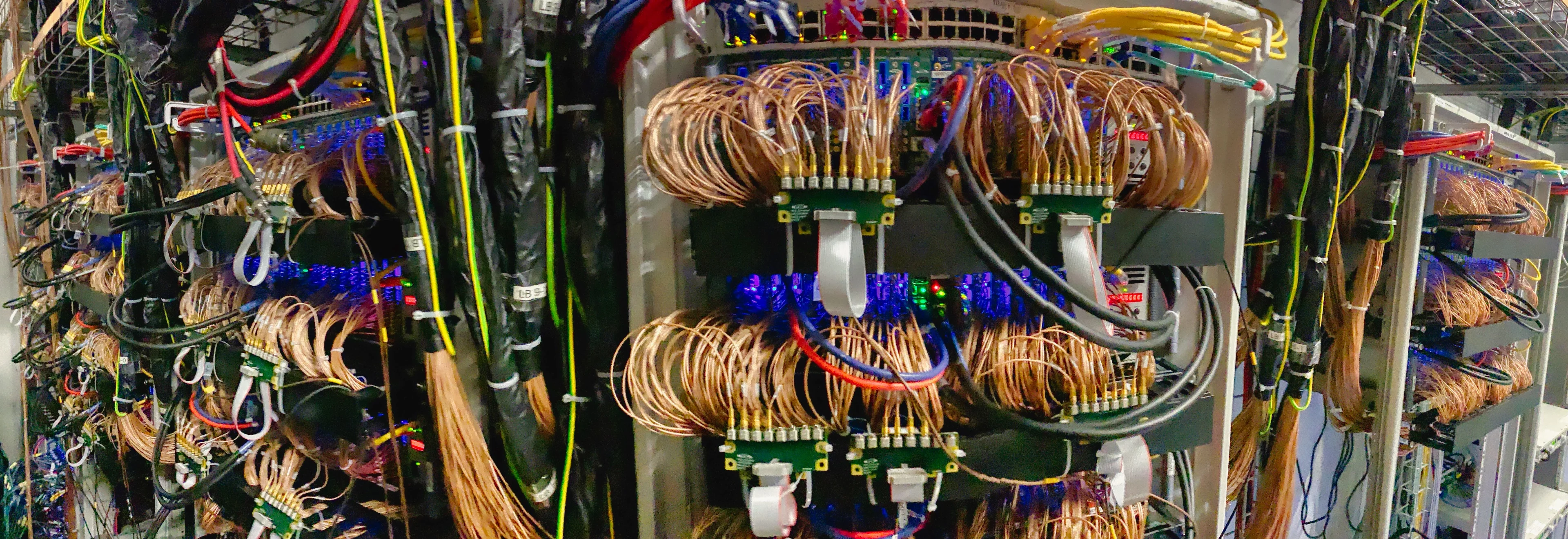In a special seminar at the Paul Scherrer Institut (PSI) in Switzerland, the MEG II collaboration presented on October 20th its first results, based on data collected in 2021. The results are reported on a paper published on arXiv and submitted to the European Journal of Physics C.
Based at PSI, the MEG II experiment searches for the decay of the positive muon into a positron and a photon, a kind of Holy Grail in Particle Physics. This decay has been searched for since many years by different experiments but never observed.
No significant signal events of the searched decay have been observed compared to the expected background and an upper limit on the probability of this process has been set. Combined with the result from the previous experiment MEG, it provides the most stringent limit up to date in the world.
The Standard Model of Particle Physics, our current theory of the fundamental interactions of nature, tells us that the muon can actually decay into a positron-photon pair, without neutrinos, but with an unmeasurably low probability. Thus, an observation of this decay would be a striking signal of Physics beyond the Standard Model, which particle physicists are tirelessly chasing but never observed unambiguously so far.
In MEG II, an upgrade of the former MEG experiment, up to 50 million muons from the most intense continuous muon beam in the world at the HIPA accelerator at PSI are stopped every second in a thin target at the center of a superconducting magnet. State-of-the-art particle detectors combined with newly developed electronics at PSI (picture) are used to trace down the decay products: an ultralight gaseous detector (drift chamber) and a set of plastic scintillating tiles are used to reconstruct the positron trajectory and time, while photon detection relies on a 900-liter scintillating liquid xenon detector.
The experiment is still taking data since 2021 and a twenty-fold increase in statistics is foreseen by 2026, with the goal to improve the sensitivity to the decay probability by one order of magnitude with respect to MEG.
The MEG II collaboration gathers together more than 50 physicists from Italy, Japan, Russia, Switzerland, and the USA.
Contact:
Dr. Stefan Ritt
Laboratory for Particle Physics (LTP)
Paul Scherrer Institute, Forschungsstrasse 111, 5232 Villigen PSI, Switzerland
Telephone: +41 56 310 3728
Email: stefan.ritt@psi.ch
Original publication on arXiv: https://arxiv.org/pdf/2310.12614.pdf
Text based on media release by INFN, Italy


